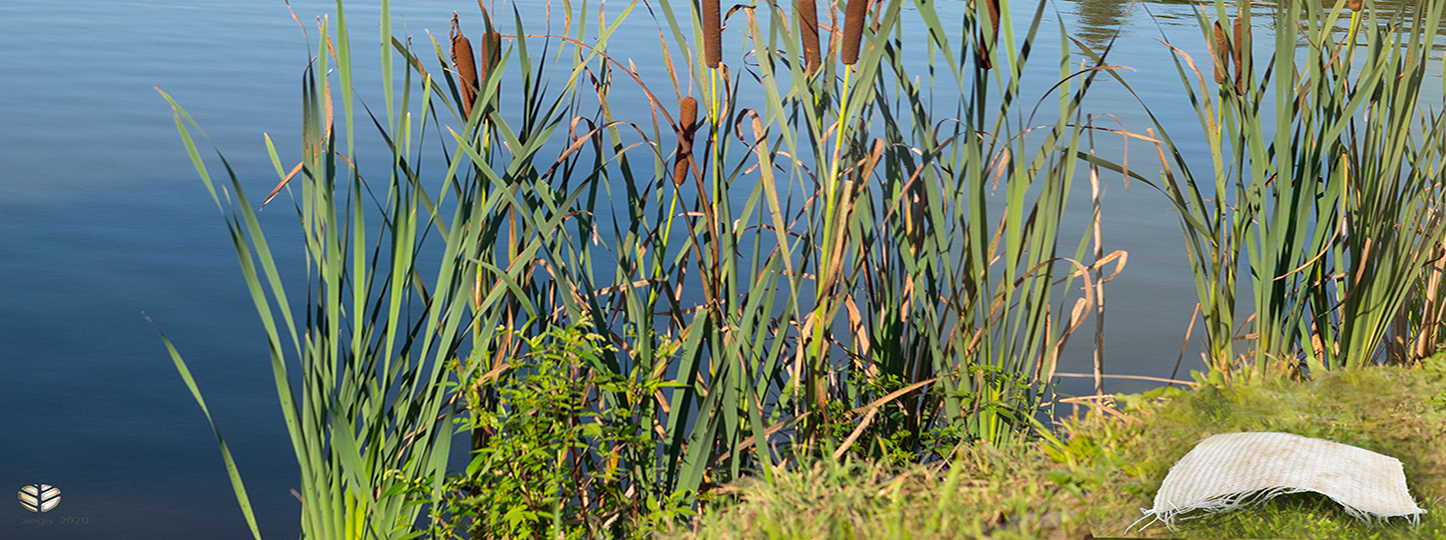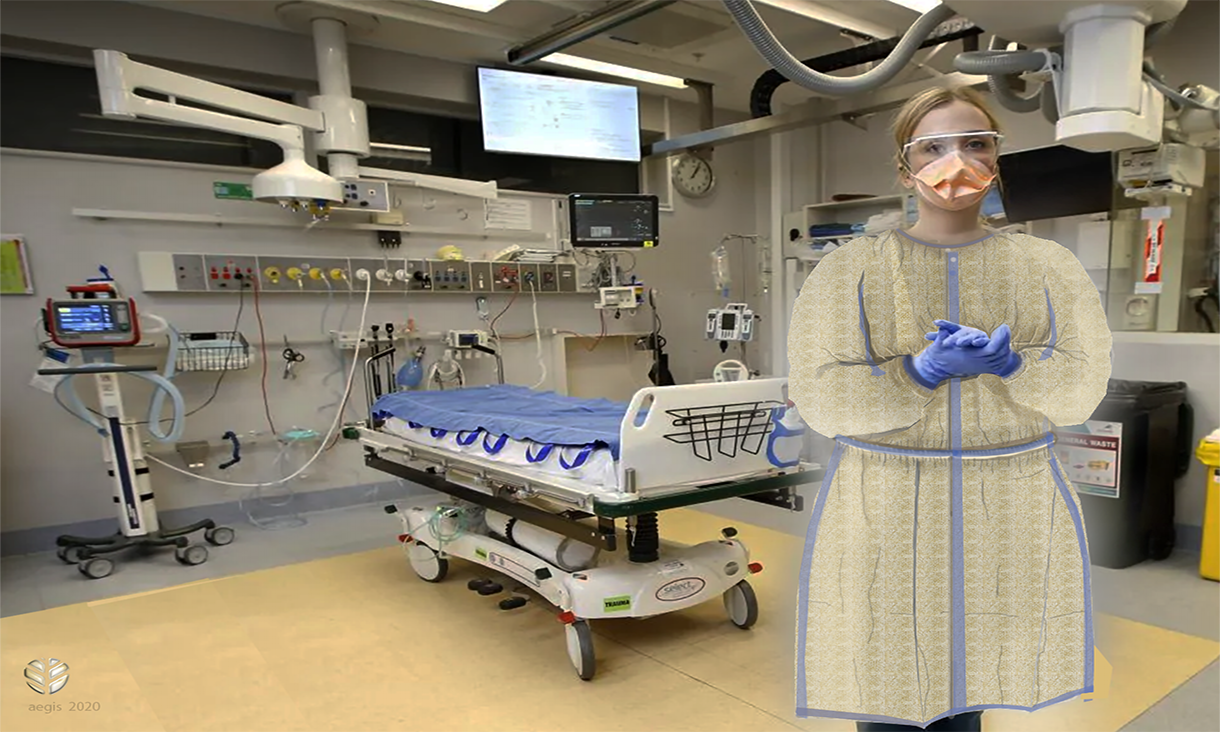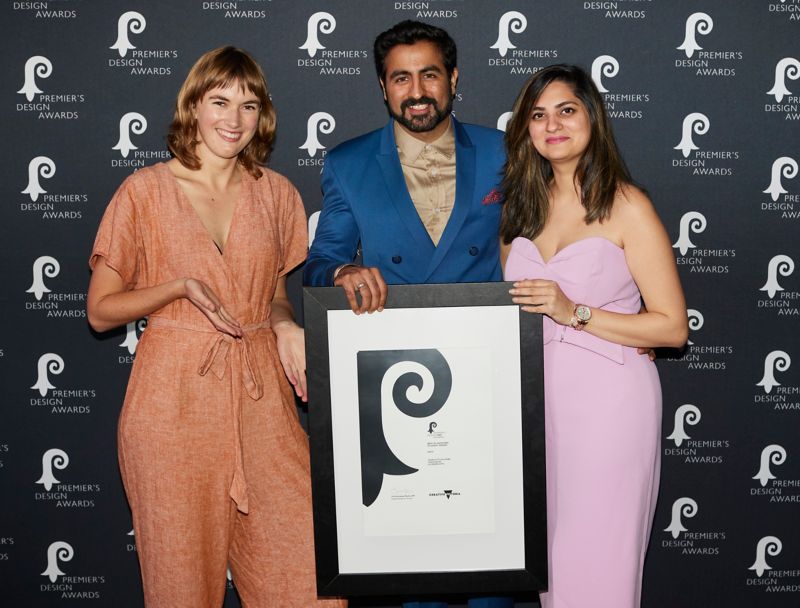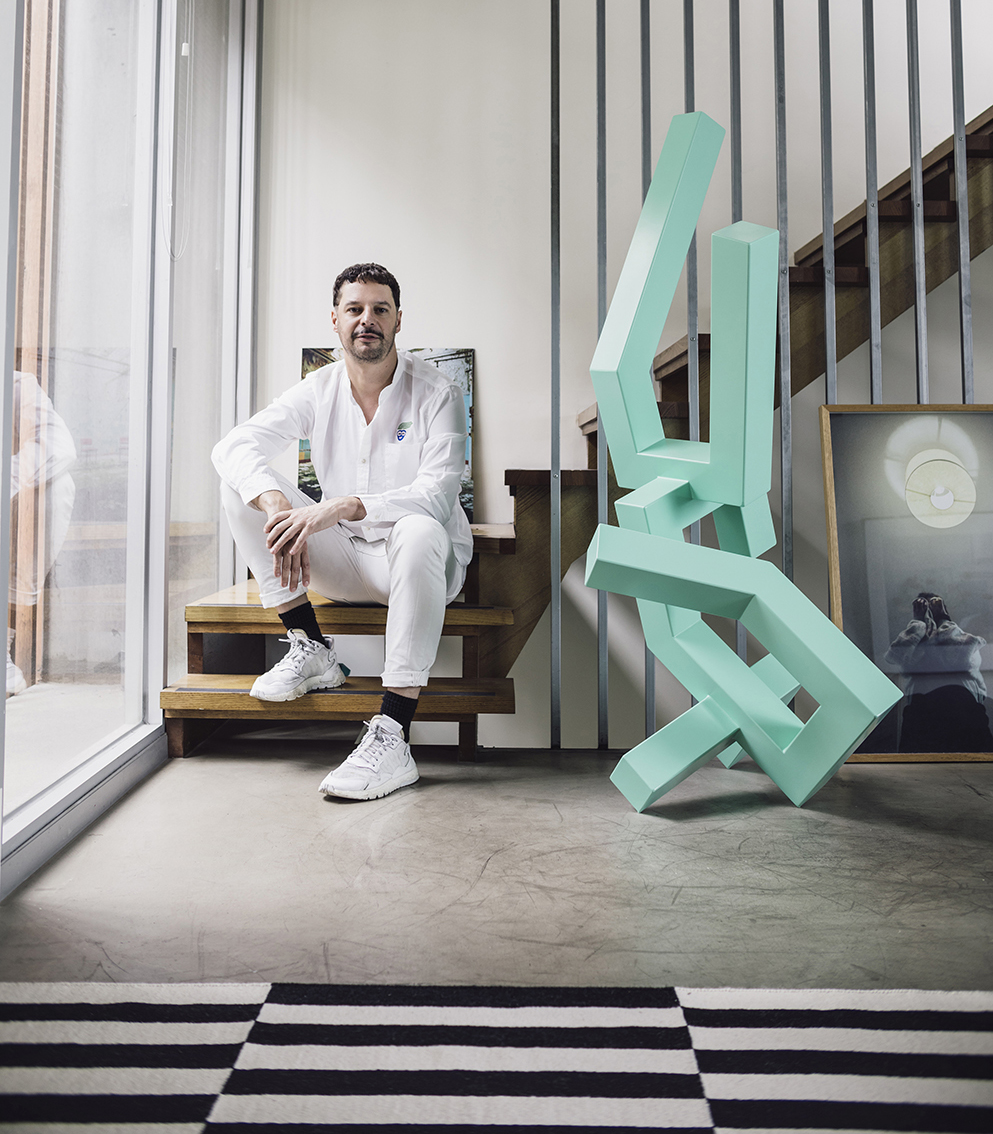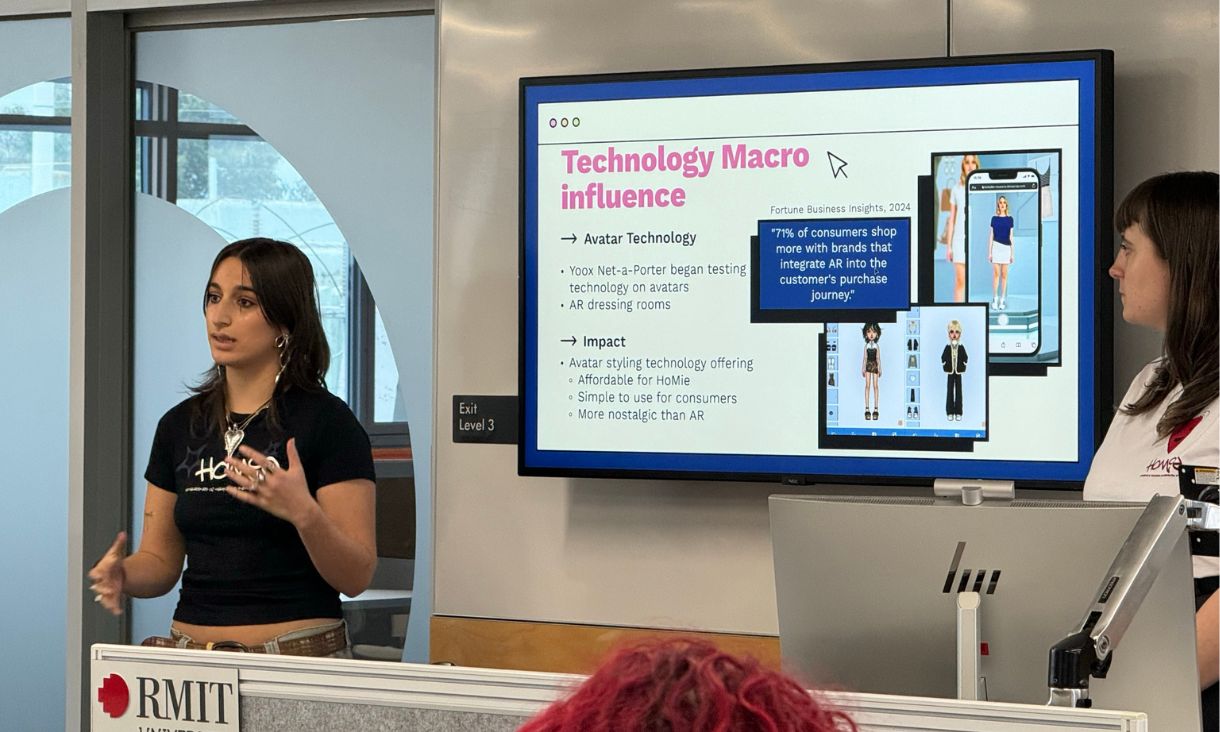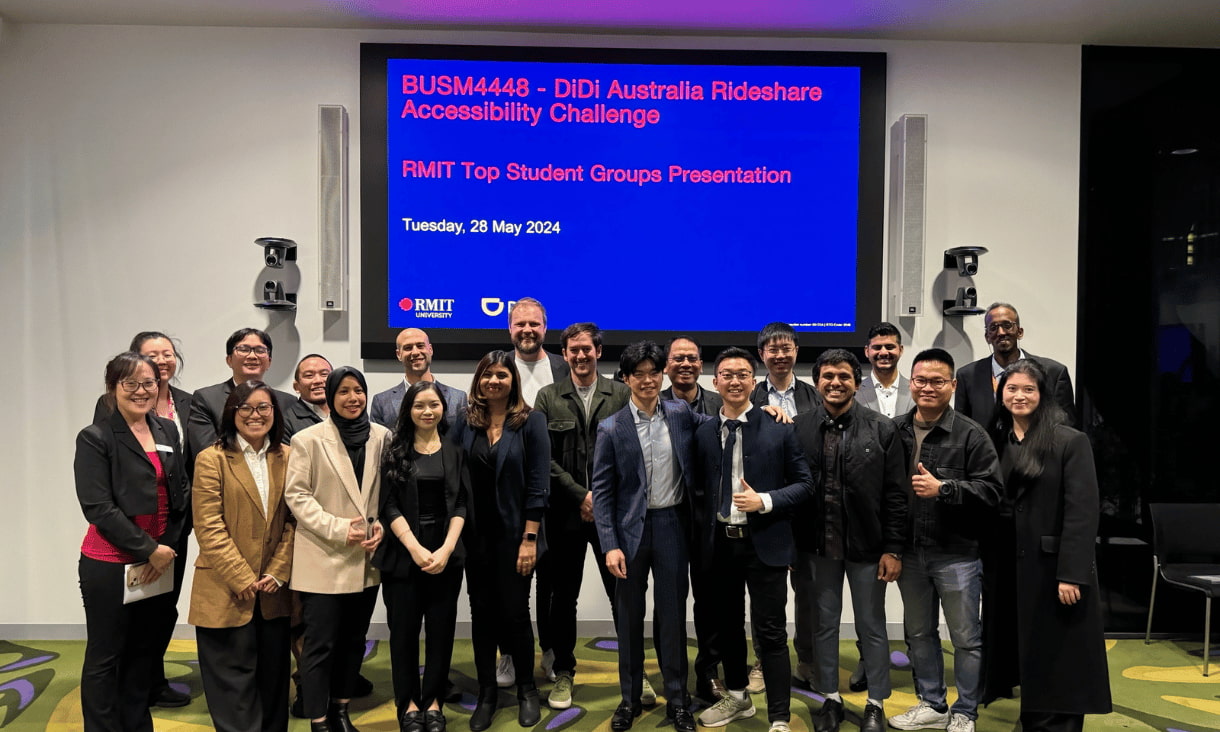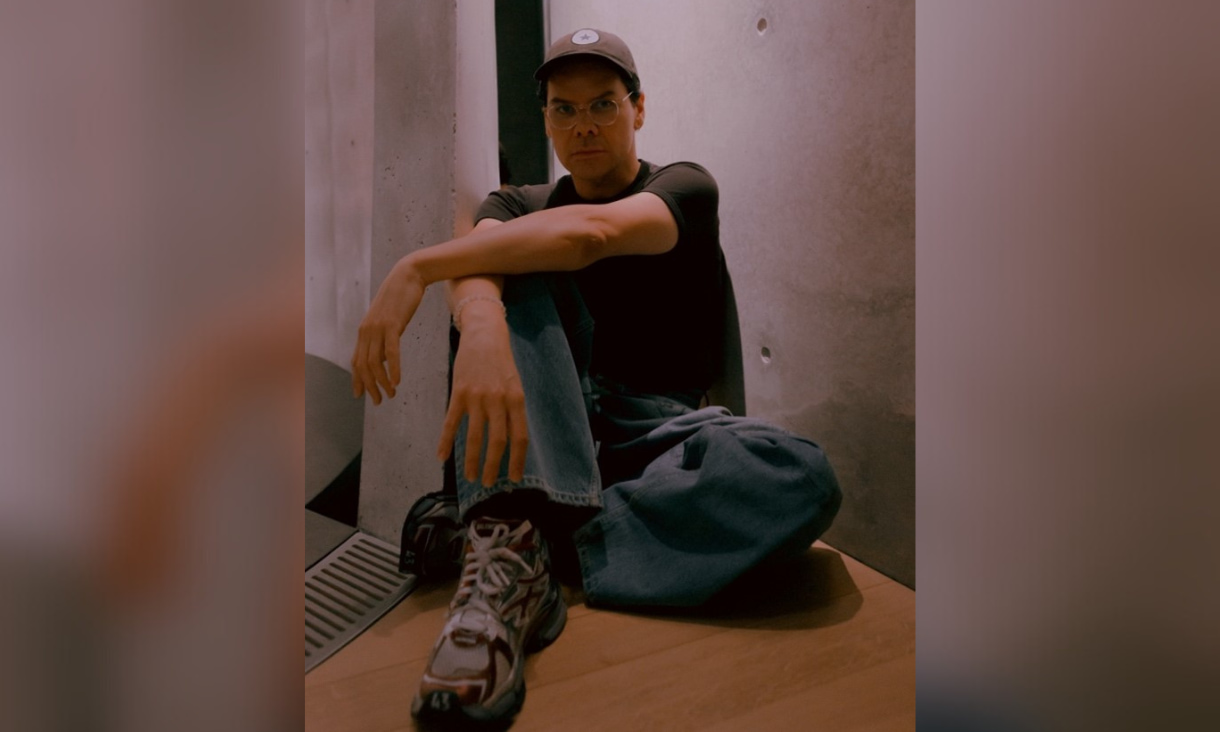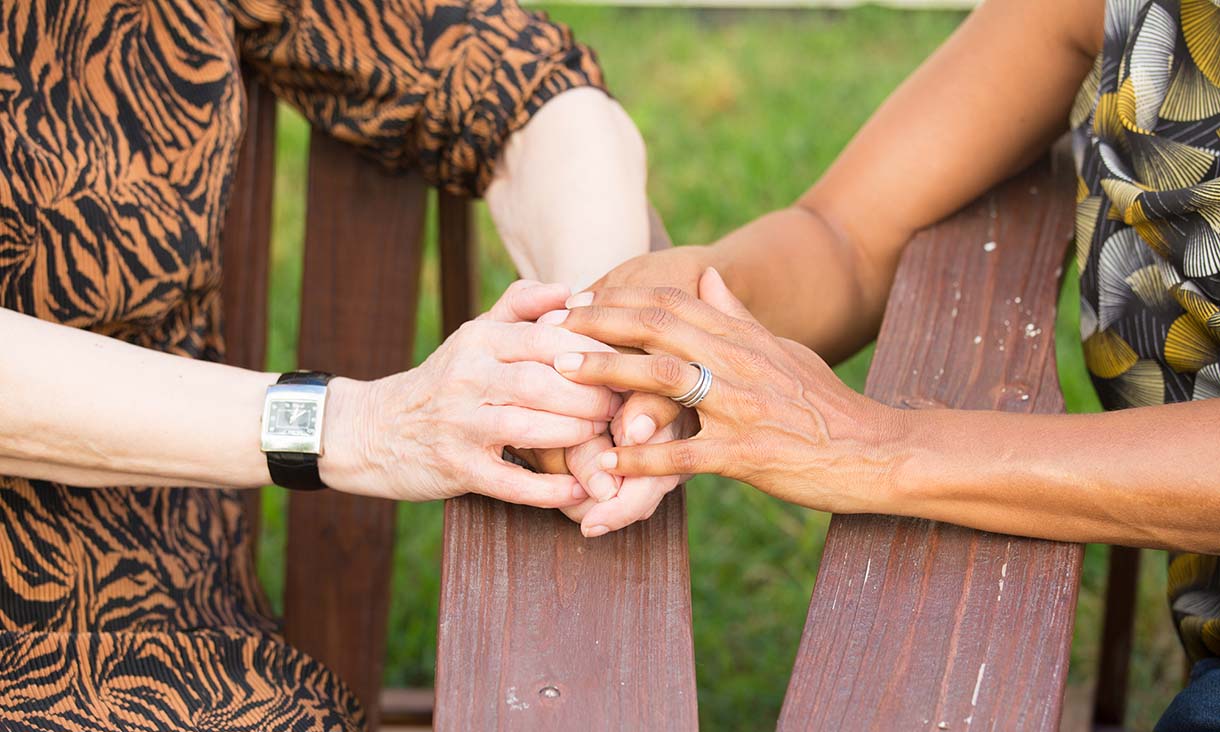Fashion students put HoMie where the heart is with new streetwear range
RMIT students combine style and substance in an industry project with social impact.
RMIT and DiDi team up to help improve equal access
An RMIT student project that aims to improve female participation in the rideshare industry has been chosen for possible further development by DiDi.
Dr Christian Thompson AO appointed Adjunct Industry Associate Professor
RMIT University is thrilled to announce the appointment of Dr Christian Thompson AO as Adjunct Industry Associate Professor within its renowned School of Art and School of Fashion and Textiles.
Engineering students empower western Sydney communities to solve local challenges
A new partnership with SydWest Multicultural Services will see RMIT University humanitarian engineering students working with culturally diverse communities to solve local issues, using local resources.
